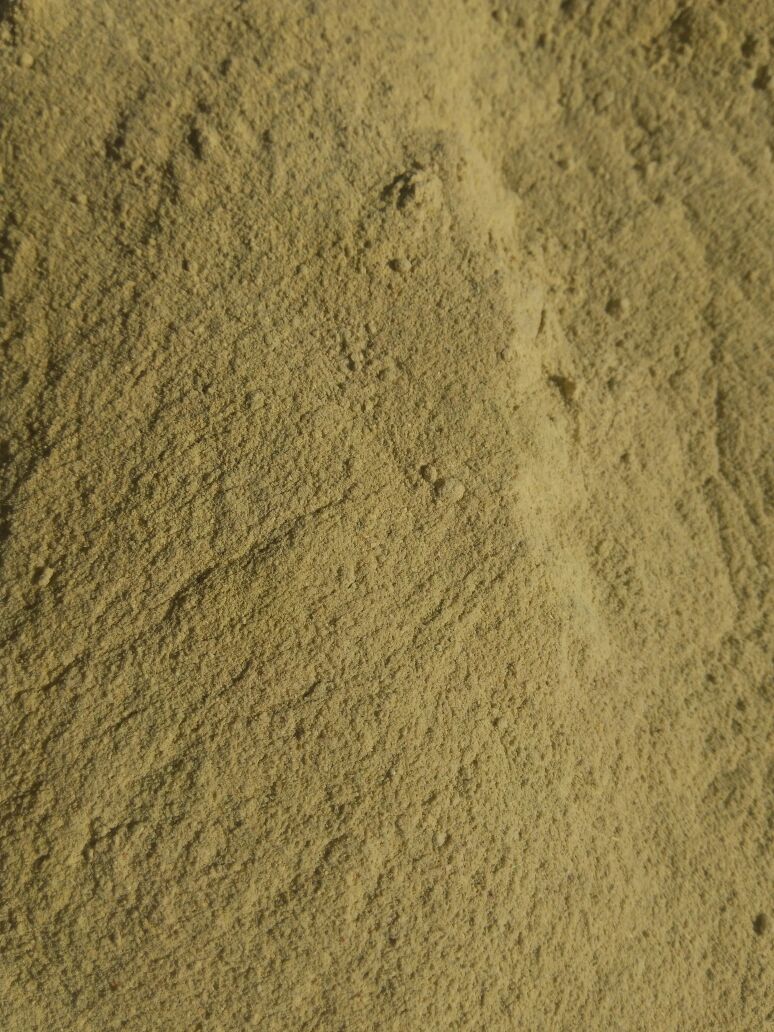Description
Sceletium tortuosum is a small groundcover plant native to Southern Africa. There it has a long history of use. Written records dating back to 1662 show, that Sceletium was a bartering currency.
Usage
Traditionally, the prepared dried plant material was chewed and the saliva swallowed. It has also been made into teas and tinctures. Less commonly it was inhaled as snuff or smoked, usually mixed with other herbs. A typical dose (chewed, in a tea or as a tincture) is between 50mg and 100mg once or twice daily, usually taken after breakfast and after lunch. Less commonly this can be increased to 100mg twice a day, if necessary. If you want to sniff or smoke it, do not exceed the amount of 20mg the first time.
Effects
It has a mood-elevating action caused by a number of alkaloids that interact with the brain’s dopamine and serotonin receptors. Mesembrine is a major alkaloid present in Sceletium. Mesembrine has been demonstrated to be a potent serotonin-uptake inhibitor. Other closely related alkaloids are mesembrenone, mesembrenol, and tortuosamine, which are also present and produce very similar effects to mesembrine. Sceletium also has a remarkable ability to effectively decrease anxiety, stress, and tension. In intoxicating doses, it can cause euphoria, initially with stimulation and later with sedation.
Warning
Sceletium Tortuosum is a Selective Serotonin Reuptake Inhibitor (SSRI). It should not be combined with other SSRI’s (Seroxat, Prozac) or Mono Oxidase Inhibitors (MAO-I), such as Syrian Rue (Peganum harmala), Banisteriopsis Caapi, Passionflower (Passiflora incarnata), Yohimbe, and certain anti-depressants.


Reviews
There are no reviews yet.